|
You probably all know of someone that has said something along the lines of "There's no way I can touch my toes with straight legs" or "I can't even sit upright with my legs out in front of me." Perhaps you are that person. The truth is, I was that person. Let me explain how bad it was to you so you can picture the situation. You might relate, you might even laugh. Maybe both.
Here I go. Turn, look down at the target leg, start bending forward and no. Just no, was the result. My forward bend was so utterly pathetic, that I couldn't even reach my hand down to the bottom of my own shin, let alone around his thigh. Just just to give you some context, this situation was akin to a normal forward bend, except lying down on the floor. I didn't even make it to my ankle. Back to the class, as I lay there in disbelief my partner proceeded to move himself into a better position and won the contest. I couldn't quite fathom how that had just happened to me. I went home that night and in my perpetual state of disbelief I walked into my room, stood up with straight legs, hinged at the hips to see how far down I could reach. Again, I didn't even make it to my ankles. The results were in. I was incredibly immobile and I needed to do something about it. If you can relate to the feeling I had when I found out how immobile I was, I'm going to help you out a little later. Generally speaking, there is no one size fits all approach to the body. But i'm going to lay out some actionable steps in this post for you, in the form of a program to help with your leg flexibility. Before the Flexibility Program, I just want to make a few important distinctions. Active vs Passive Flexibility: Firstly, we will look at the difference between Active & Passive Flexibility.
I'm going to explain this using a very simple example below. Just imagine standing up straight and trying to lift one leg straight out in front of you as high as you can (Picture 1). Now picture the same situation, except you are grabbing your leg and lifting it up as far as it will go for you (Picture 2). There will very likely be a big discrepancy between your capacity to achieve range of motion in those two scenarios. That is the distinction between Active and Passive Flexibility. Active Flexibility is the range you can actively achieve and use by yourself. Passive Flexibility is your overall capacity to achieve a range via any means including external forces. Let's take our picture above once again, as an example. If Lauren has all the passive flexibility to lift her leg up that high (meaning the lengthening aspect of the stretch is adequate) she is also going to need to have strong enough Hip Flexors and quads to actually lift the weight of the leg up into that position without her hands. So In order to balance this out for ourselves, we will have to work the muscles that are responsible for compressing the closing side of a particular stretch or position, as well as "loosening" the lengthening side. Working both of those attributes will help us effectively use that position inside of a movement context. Why is this important? Because even if you have the passive ability to reach an end range, it doesn't always mean that you can use it on command. Flexibility without strength can decrease your ability to control motion. This can compromise the position of your joints and cause injury. So what can we do about all this? Well, I'm going to lay out a simple and actionable program for you down below that you can start immediately implementing it into your weekly practice. Seeing as our context is Movement training, we want to create as much usability in our end ranges. One way to achieve this, is by adding a bit of weight to our Flexibility training. *Note* there's a lot more to this field than a single blog post can cover. But this is a start. Here we go. Leg Flexibility Program: Click on the names of the exercises for video examples.
Start with a lower weight that you are comfortable with. Get used to the pattern and technique. As you get stronger you can gradually increase the weight. You want to be doing this 3 times per week. What to expect: Training and preparation can quickly become complicated when we try to do too much too fast. Keep it simple, and stick to this program for a minimum of 4 weeks. You will feel an increase in your range of motion inside of the first 2 weeks already if you stick to the prescription. It will change the way you move and also the way you relate to your body. Because there is a strength element to the stretches, you should feel some muscle soreness in the areas that are being targeted. Namely the hamstrings and inner thighs. Scan your body after a session and check in with where you are feeling worked. If you are not feeling any muscle soreness in the key areas, you could be doing something wrong, or the weight is simply too light. During the seated straddle leg raises, it's very common to endure cramping at glutes as they work hard to keep your legs out. This is OK and to be expected. Pause, take a small break, adjust your body and carry on. Do as much as you can. When you get used to the exercise, cramps will decrease. Don't be tempted to up any of the weight too fast, or start too heavy. If you have any injuries, get yourself checked out and cleared for training prior to any of this.
And that's it team, If you are interested in further Mobility/Flexibility or Movement Training go to: www.faridherrera.com/onlinetraining Join my Community List because you'll receive a Free Handstand E-Book and stay up to date with great movement material www.faridherrera.com/join
Writing by @farid_herrera - 2018 |
Farid HerreraMovement Teacher and practitioner. Archives
April 2019
Categories |
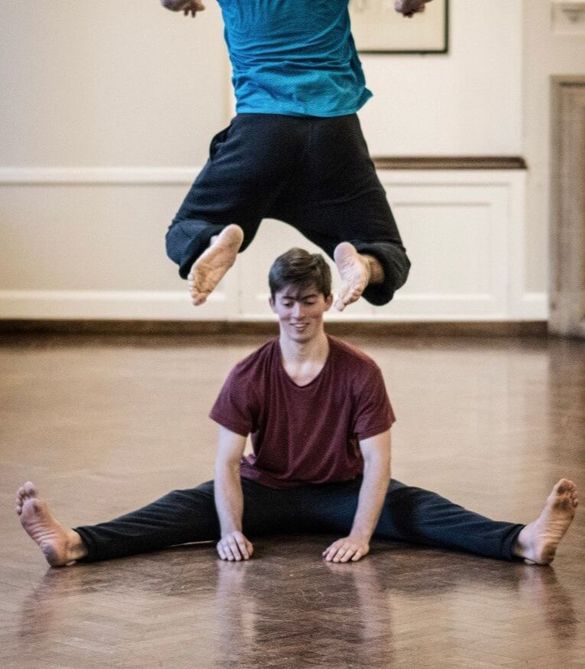
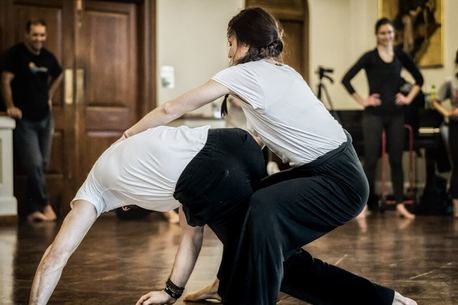
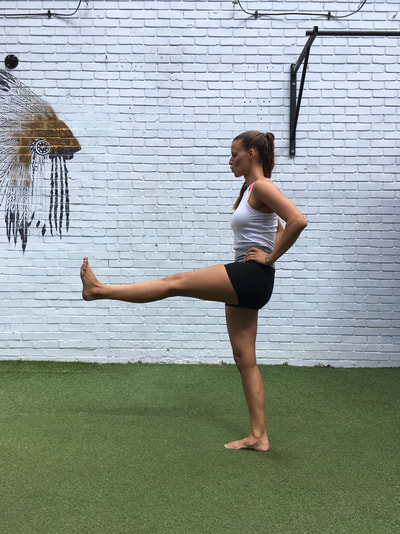
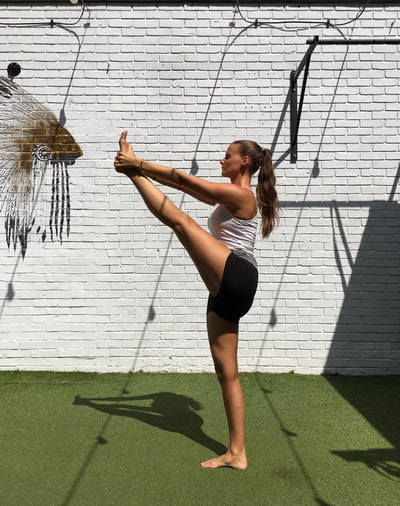
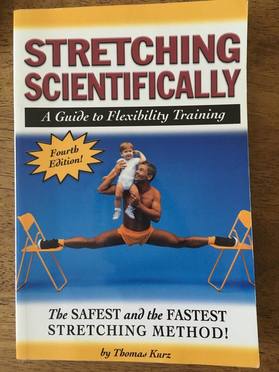
 RSS Feed
RSS Feed